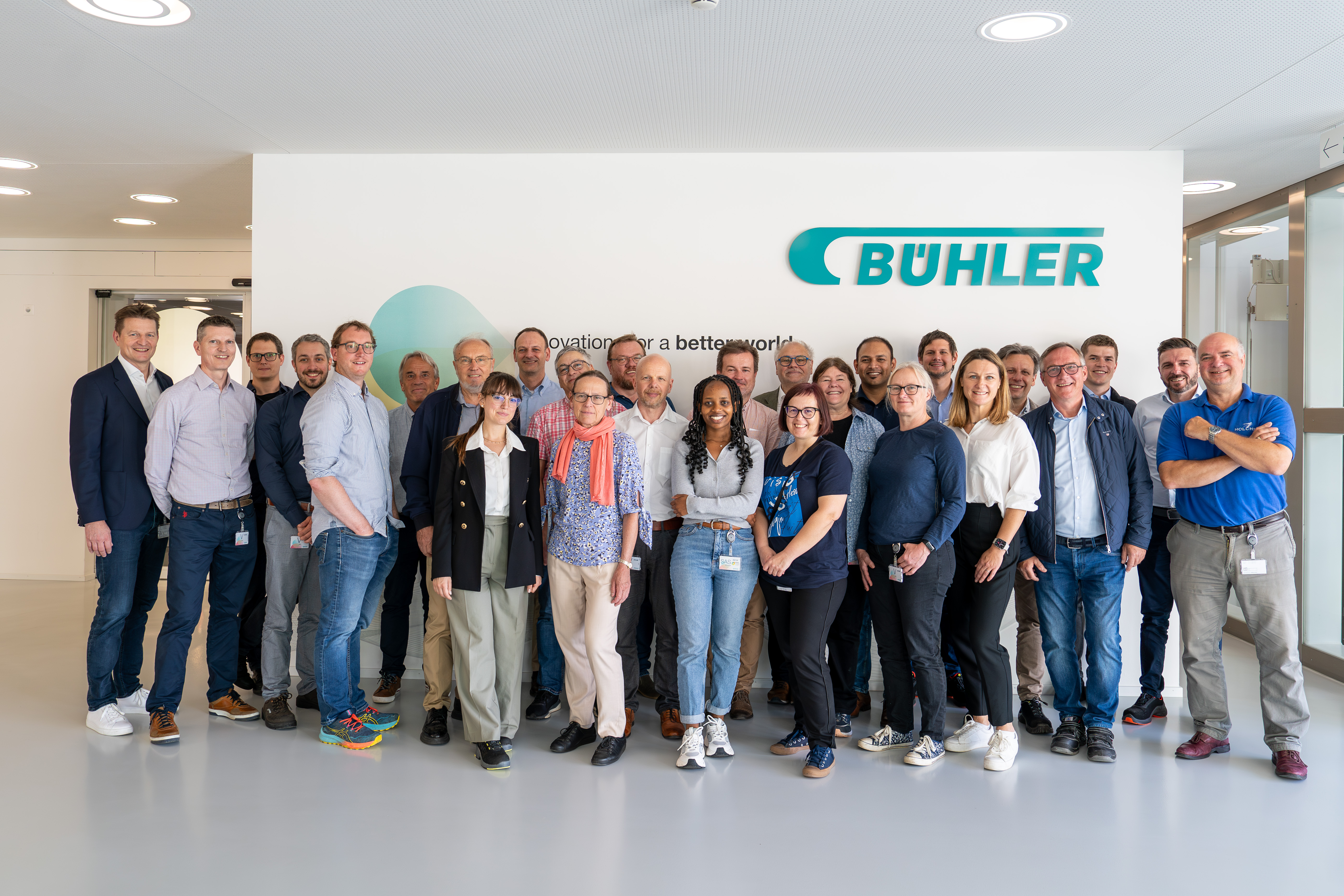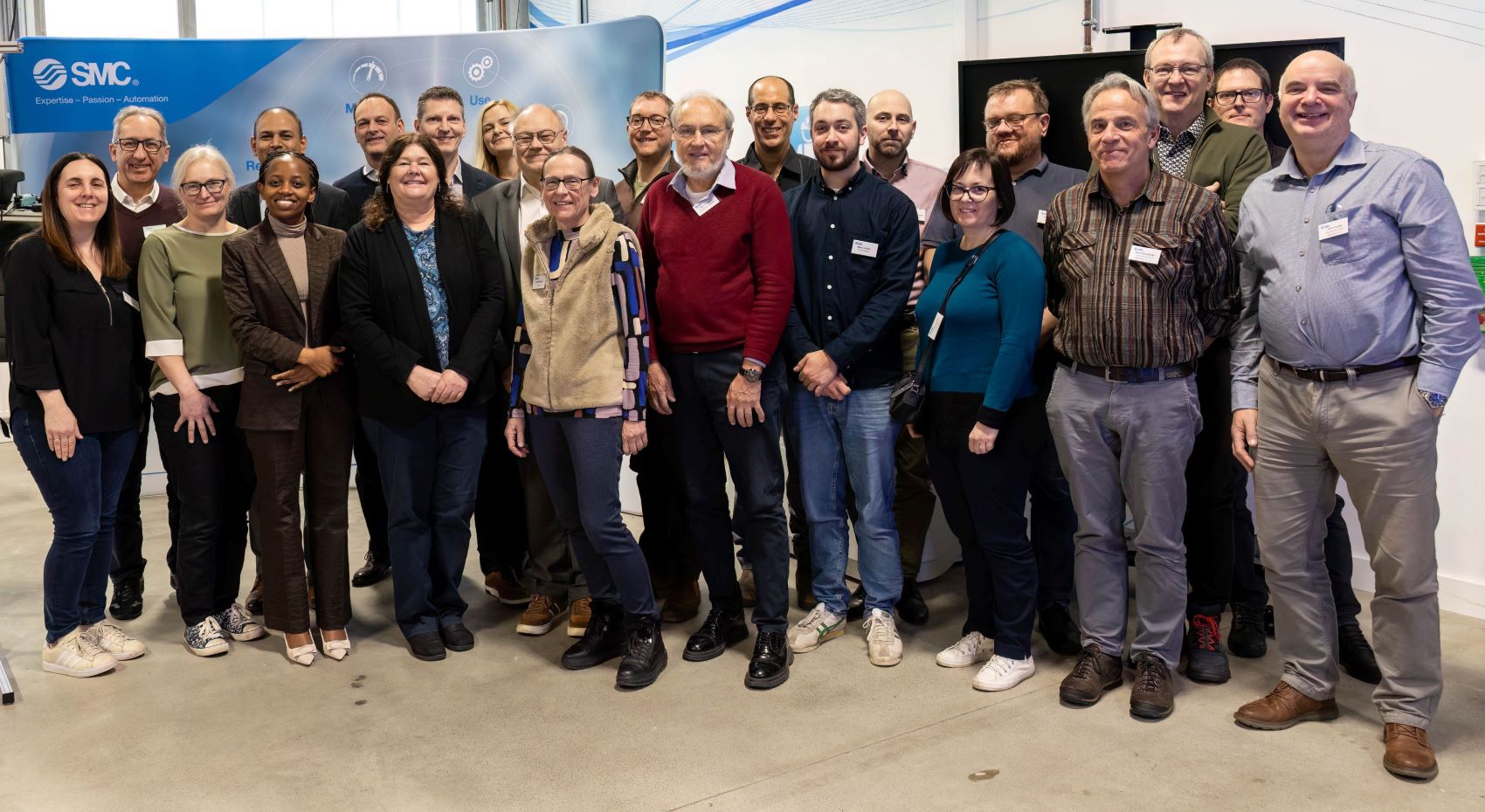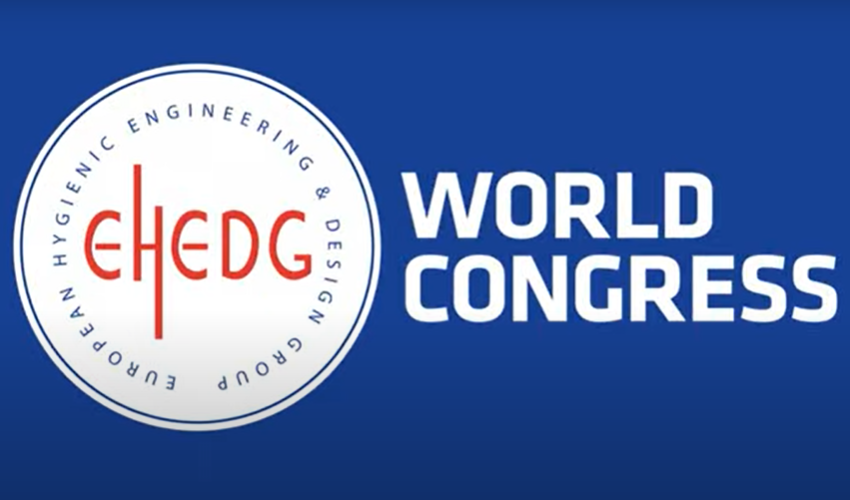The role of hygienic design in chocolate production safety

Our relationship with the consumer begins with trust. Any industry incident erodes that trust.
Chocolate has been in the headlines quite a few times this year. Recent food crises have increased the consumers’ understanding of the impact of food production, processing and distribution on public health. But what are the lessons learned from these events? How can we cultivate a culture of food safety – and trust? Read the highlights of Matilda Freund's presentation at the EHEDG World Congress 2022.
Harvesting, fermenting, drying, transporting, cleaning, exporting, processing, producing, retailing, consuming. From bean to bar, the supply chain for chocolate is very long, and spans across multiple countries, handlings and transformations before the products can finally reach the shelves and our tables.
Food safety and quality are highly dependent on the raw materials, but also on the industry's collective efforts to enhance them, on every single step of this process.
Food hazards can occur at any point. Thus, effective food safety programmes and robust controls to prevent any contamination must be in place, right from the outset.
Salmonella and CCPs in chocolate
Salmonella, whose outbreak has halted production at the world's largest chocolate factory earlier in 2022, is one of the leading causes of illness globally. It is a critical foodborne pathogen that causes more than 1 million infections, 26,500 hospitalisations and 420 deaths in the United States only, every year.
As a result of the conditions under which they are harvested and dried, cocoa beans and nuts are likely to be contaminated with Salmonella. Contamination is often low level and not evenly distributed, so difficult to detect. However, even a small dose can cause serious infections.
Examples of Critical Control Points (CCP) for biological hazards in chocolate productions are typically located in correspondence of the roasting and the steam pasteurization steps – with the latter proved to be more efficient when it comes to remove Salmonella.
Hygienic design failures in chocolate production
Salmonella contamination in a chocolate line can be caused by hygienic design failures. These include:
- Air handling: raw zone air exhaust located too close to clean zone air, or filter on air intake improperly installed.
- Air filtration: improperly installed air filter on tanks that did not prevent environmental contamination entering product stream, tanks, tanks loading and unloading areas not hygienically designed.
- Water recirculation systems and jacketed tanks: undetected leaks introducing small amounts of contaminated water into product.
- Line design: lines not able to be fully flushed because of blind ends/dead legs.
- Poor infrastructure: factory designed without sound hygienic design principles. Particular attention needs to be paid to roofs and floors, as Salmonella is associated with bird droppings and soil. Any environmental water leak into a facility is of concern, especially roof leaks.
- Maintenance activities: maintenance interventions can introduce contamination that is difficult to remove despite cleaning.
The impact of hygienic design in food safety and quality
It is essential not to focus only on CCPs and forgetting the pre-requisites. To ensure safe food and adeguate sanitation programmes, both the equipment and the factory used for processing and handling food products must be hygienically designed, fabricated and installed.
Hygienic food factory design provides:
- defence against external factory hazards;
- defence against internal factory hazards - no harbourage sites and ease of cleaning;
- internal flows of people, product, packaging, air and wastes to prevent cross-contamination;
- security against deliberate contamination;
- maintenance of hygienic conditions via structure rigidity - appropriate foundations, steelwork, floor slabs;
- maintenance of hygienic conditions via material durability;
- compliance with customer/GFSI best practice.
Product safety, equipment life expectancy increase, maintenance measures reduction, enhanced sustainability and lower operating costs are all other benefits associated with hygienic design.
Want to know more about the importance of hygienic design of food process equipment and factories to enhance food safety?
Take these EHEDG guidelines as a reference:
- EHEDG Guideline 44: Hygienic design principles for food factories
- EHEDG Guideline 47: Air handling systems in the food industry - air quality control for building ventilation
Our specialist:
Matilda Freund, EHEDG Treasurer and former Vice-President Global Food Safety at Mondelēz International






